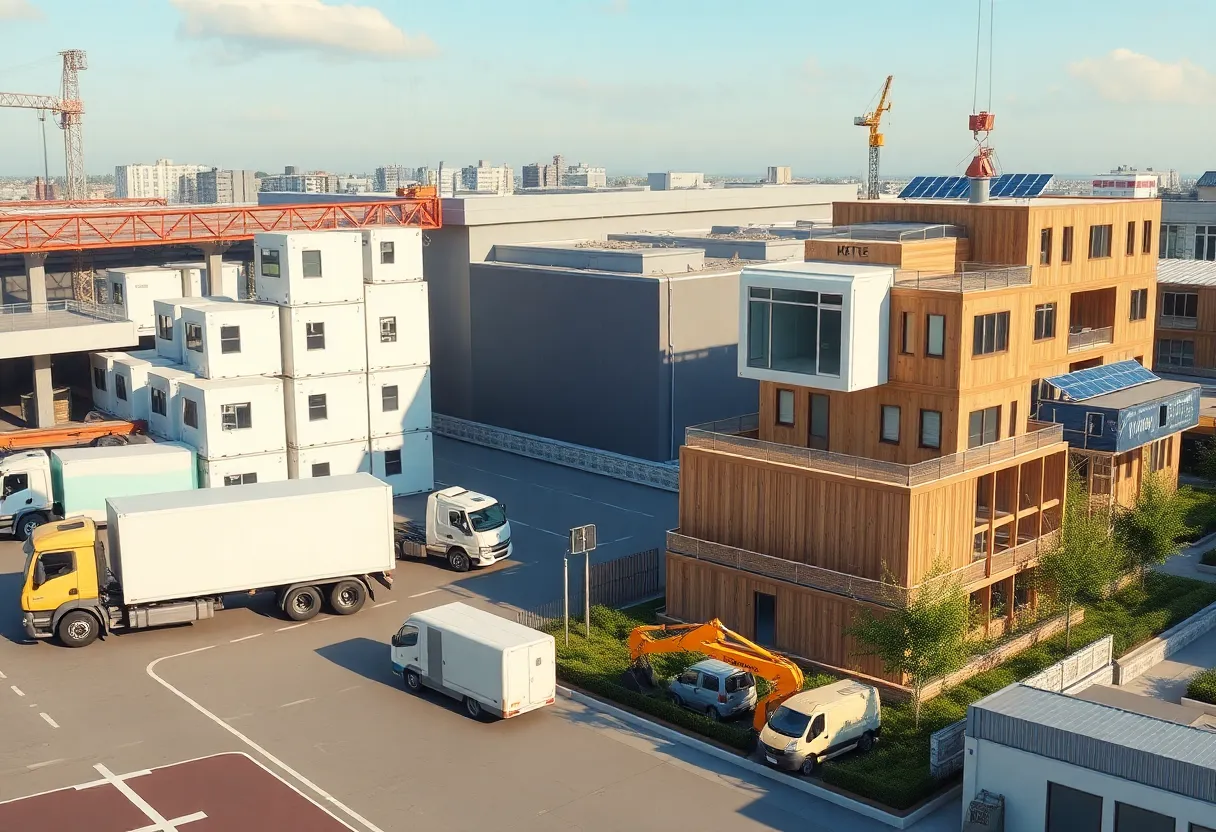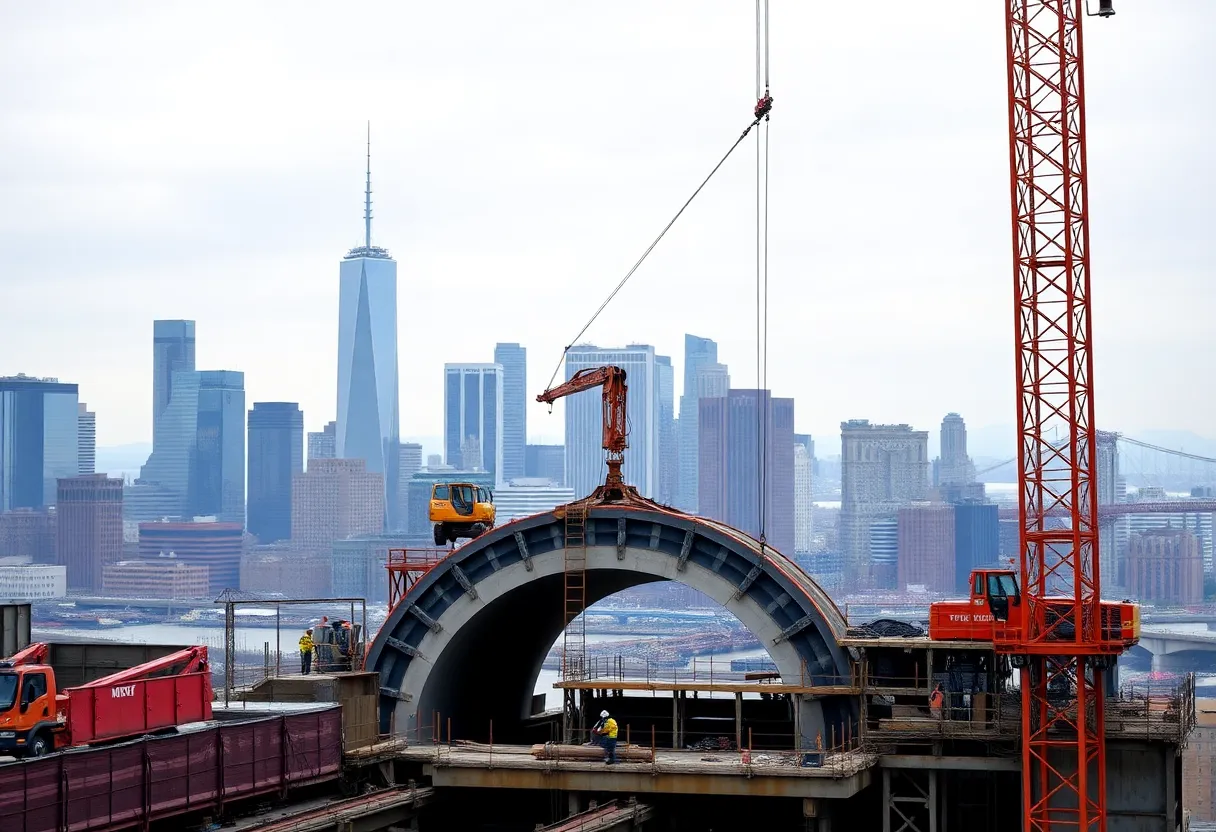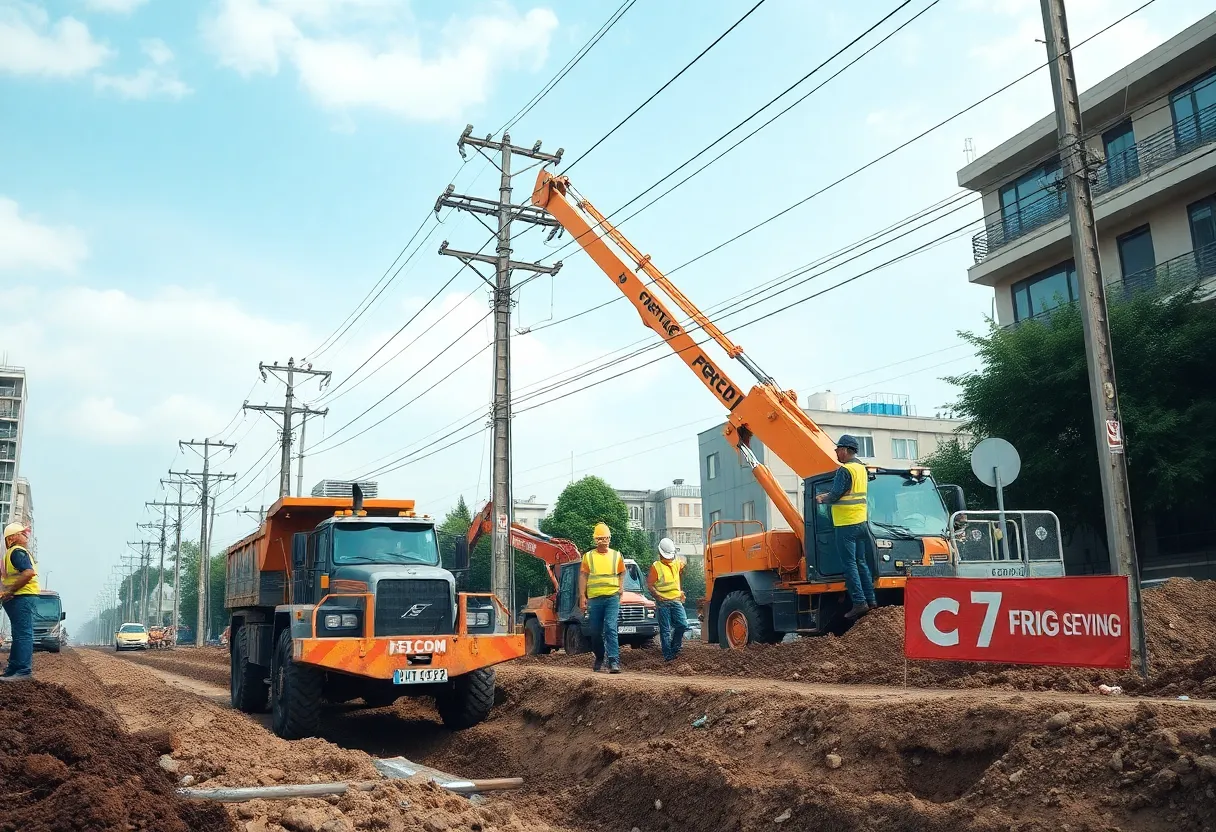Global, August 22, 2025
News Summary
A broad study of the modular construction sector covering 700+ companies across 50+ countries finds rapid expansion and clear profit patterns. Companies that combine factory manufacturing with on‑site assembly report substantially higher EBITDA than manufacturers-only players. Modular methods reduce on‑site labor, shorten schedules, and cut waste when systems and logistics are optimized. Cities are testing zero‑emission sites using electric machinery and battery power, while architects deliver near net‑zero buildings that pair off‑site construction with low‑carbon site operations. Success is tied to repeatable building systems, value‑chain control, digital integration and careful, demand‑led scaling.
Modular construction grows fast and shows higher returns for integrated firms; Oslo tests near‑zero building sites and Snøhetta opens a net‑zero mixed‑use tower
A new industry picture shows modular construction expanding worldwide, with a large database of firms and clear signs that companies that control more of the value chain earn higher margins. Separately, a European city pilot has proven heavy‑duty electric machines can cut on‑site emissions nearly completely, and a completed Oslo building demonstrates how design and systems can deliver net‑zero performance for heating, cooling and ventilation.
Top line: scale, profit and green tests
Analysis covering more than 700 companies in the modular industry finds the market is still fragmented but maturing. Most firms are small, a long tail exists, and a minority of integrated players capture stronger profits. At the same time, real projects show that electric heavy equipment and factory fabrication can sharply reduce pollution and local disruption, while new buildings can combine geothermal, solar and passive systems to cut lifecycle carbon.
What the modular data shows
The industry sample spans seven types of modular products, including 3D volumetric modules, 2D panels and bathroom pods. The study excludes simple prefabricated parts and focuses mainly on permanent buildings, with some notes on rental models for temporary use. Of the companies tracked, many are longstanding while a large share were created in the past two decades.
The market is highly split: only about 5–10% of firms have revenues over €500 million, while roughly 60–70% have revenues under €50 million. Profitability patterns are clear: firms that both manufacture and assemble modules tend to report higher EBITDA margins — typically in the 15–20% range — while companies that only manufacture modules have much lower margins, closer to about 5%.
Why integrated firms perform better
The study points to three shared traits among successful companies: a strong building system, control or close coordination across the value chain, and careful, focused scaling. Integrated firms can take larger scopes of work, keep trained teams together, streamline procurement and avoid passing costs to subcontractors. They also benefit when they focus on a single main structural material — timber, steel or concrete — which supports repeatable manufacturing and procurement scale.
Product mix, building types and margins
The market splits roughly evenly between 2D panels and 3D volumetric modules, with 3D producers showing slightly higher average margins (around 8% vs 6%). Most projects are low to medium complexity, and lower‑complexity work often yields higher margins because standardization allows more factory work. Hotels and specialized assets show better profitability — the hospitality segment reports the highest margins — while single‑family and multiunit residential projects typically show lower returns.
Commercial models and globalization
Two main commercial models exist: project‑based sales for permanent construction, and rental fleets for temporary modules. Rental and combined sales+rental models can improve factory utilization and return higher margins. Historically local, the sector is becoming more regional and even global, driven by improved standardization, logistics and digital tools. Still, most companies today operate only in local markets.
Benefits and risks
Modular methods can reduce the need for on‑site labor by up to 40% and shorten schedules by up to 50%, while also lowering waste and potentially cutting carbon. But the record includes strong successes and notable failures. Common pitfalls include building large automated factories before demand is stable and expanding into new geographies too fast. The recommended path is to prove systems on a few projects, then scale.
On‑site electrification: a city pilot
A construction site conversion in a European city became the world’s first wide test of a zero‑emission urban construction site, using only electric excavators, loaders and trucks. The project saved about 35,000 litres of diesel and roughly 92.5 tonnes of CO2 compared with a diesel approach, representing a near‑complete cut in on‑site emissions for the works that were possible to electrify. Noise fell, local shops stayed open, and the city is pushing targets for all municipal sites to be zero‑emission within a few years, with aims for all construction to follow by 2030.
The move does come with costs: electric machines cost more up front, and power demand at sites rises. Solutions include battery container systems that replace diesel generators and provide on‑demand power with less noise and fewer idle emissions. Trials of compact battery systems have shown big carbon and noise savings and are already used by large developers in dense cities.
Built example: a net‑zero mixed‑use building
A recently completed mixed‑use building in Oslo demonstrates how architecture and systems can reach a triple zero result — net‑zero for heating, cooling and ventilation. The project blends geothermal wells, rooftop solar, low‑energy heat pumps and natural ventilation driven by a specially angled façade. The design reduces CO2 from materials, transport and energy use by more than 50% compared with a typical building and favors exposed thermal mass, timber cladding and simple, service‑free ventilation strategies.
Wider sustainability and circular practices
The construction sector produces huge amounts of waste globally, prompting moves toward reuse, controlled dismantling and upcycling. Modular design, reversible joints and digital material passports help trace components and plan future reuse. Cities are already asking for tougher sustainability standards in new buildings to cut lifecycle emissions and improve occupant health and resilience.
Bottom line
Modular construction is growing and shows real potential for faster builds, lower site labor and reduced waste. Market success is not guaranteed: companies that combine a strong building system, value‑chain control and careful scaling stand the best chance of profitable growth. Meanwhile, electrifying heavy equipment and smarter building systems are beginning to cut construction emissions and local harm, pointing to a future where faster, cleaner and more circular building methods could become the norm.
Frequently asked questions
What is modular construction?
Modular construction makes key parts of a building in a factory — from panels to full 3D room modules — and assembles them on site. It focuses on higher factory work and less on‑site building.
How much time and labor can modular save?
When applied well, modular methods can reduce on‑site labor by up to 40% and cut construction timelines by up to 50%.
Why do some modular firms earn better margins?
Firms that control both manufacturing and on‑site assembly, or that own more of the value chain, capture more value. They can take larger scopes, keep teams together, reduce subcontractor pass‑through costs, and standardize procurement and processes.
Can modular reduce carbon and waste?
Yes. Off‑site manufacturing reduces on‑site waste and improves quality control. Combined with reuse, upcycling and digital material records, modular methods can support lower lifecycle emissions and easier future disassembly.
What did the zero‑emission construction pilot show?
The pilot used only electric heavy equipment where possible and achieved nearly a complete cut in on‑site emissions for the project, saving about 35,000 litres of diesel and some 92.5 tonnes of CO2, while also reducing noise and local disruption.
Key features at a glance
| Feature | What the facts show |
|---|---|
| Industry scope | Over 700 modular firms across 50+ countries covering 3D modules, 2D panels and bathroom pods |
| Market structure | Highly fragmented: a few large players and many small firms (60–70% under €50m revenue) |
| Profit drivers | Value‑chain control, focused building systems, manufacturing + assembly lead to higher margins |
| Performance gains | Potential labor cuts up to 40% and timeline cuts up to 50% when applied at scale |
| On‑site electrification | Electric heavy equipment can nearly eliminate site emissions; battery packs replace diesel generators |
| Net‑zero building example | Mixed‑use Oslo building with geothermal, PV and natural ventilation reduces lifecycle CO2 by >50% |
Deeper Dive: News & Info About This Topic
Additional Resources
- McKinsey: Putting the pieces together — Unlocking success in modular construction
- Wikipedia: Modular construction
- BBC Future: The Scandinavian way to zero‑carbon construction
- Encyclopedia Britannica: Zero‑carbon construction (search)
- Designboom: Snøhetta Vertikal Nydalen, Oslo (Apr 27, 2024)
- Google Search: Snohetta Vertikal Nydalen Oslo
- Electrive: Oslo’s first zero‑emissions construction site in action
- Google News: zero‑emission construction site Oslo
- Noticias Ambientales: Circular construction — From use‑and‑throw‑away to reuse and transform buildings
- Google Scholar: circular construction reuse transform buildings
Author: Construction NY News
The NEW YORK STAFF WRITER represents the experienced team at constructionnynews.com, your go-to source for actionable local news and information in New York and beyond. Specializing in "news you can use," we cover essential topics like product reviews for personal and business needs, local business directories, politics, real estate trends, neighborhood insights, and state news affecting the area—with deep expertise drawn from years of dedicated reporting and strong community input, including local press releases and business updates. We deliver top reporting on high-value events such as the New York Build Expo, infrastructure breakthroughs, and cutting-edge construction technology showcases. Our coverage extends to key organizations like the Associated General Contractors of New York State and the Building Trades Employers' Association, plus leading businesses in construction and real estate that power the local economy such as Turner Construction Company and CMiC Global. As part of the broader network, including constructioncanews.com, constructiontxnews.com, and constructionflnews.com, we provide comprehensive, credible insights into the dynamic construction landscape across multiple states.





